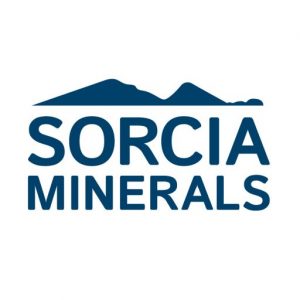ADVANTAGES OF SORCIA MINERALS TECHNOLOGY
Development
The main advantages of Sorcia Technology are related to its composition based on two plants: The first one totally mobile located in the salt flat itself extracting and re-injecting brine; and a second fixed plant in a different site of the salt flats and protected areas.
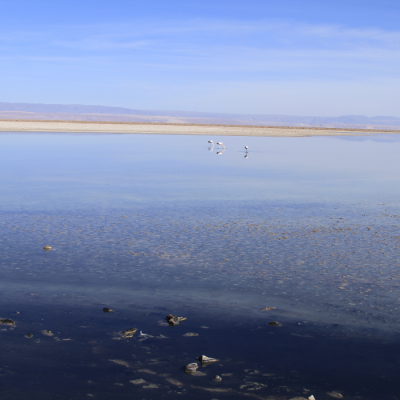

Selective absorption: During selective absorption, only chlorine and lithium are absorbed by the processing plant. The brine passes through the system separating the lithium chloride, returning 90% of the washed brine back to the salt. A fresh water cycle rinses the lithium and subsequent steps increase the lithium chloride concentration to 35% to 40%.
The technology has been proven over the past 20 years with very good results. As it is, Dr. John Burba has made substantial improvements to his innovation, making the plant more efficient, fully modular, using a very small portion of land in the salt flat, having practically no impact on the environment, thus being able to access any salt flat regardless of its extension.
The problem
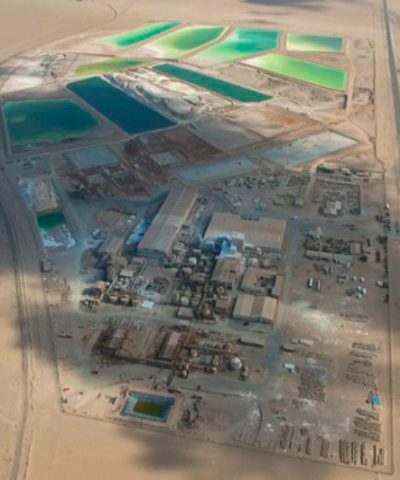
Traditionally, conventional lithium mining methods have used large areas of salt flats, producing a strong impact on communities and the environment, affecting the fragile ecosystem of arid zones in its flora, fauna and surrounding communities. The traditional sources from which lithium is extracted are hard rock deposits, such as petalite or spodumene, and brines contained in salt flats, often located under dry lake beds, which are subway reservoirs with high concentrations of salts, including lithium, potassium and sodium. While hard rock mines are known to produce higher purity lithium, the associated processing costs are substantially higher than recovering lithium from brines, which increases its price.
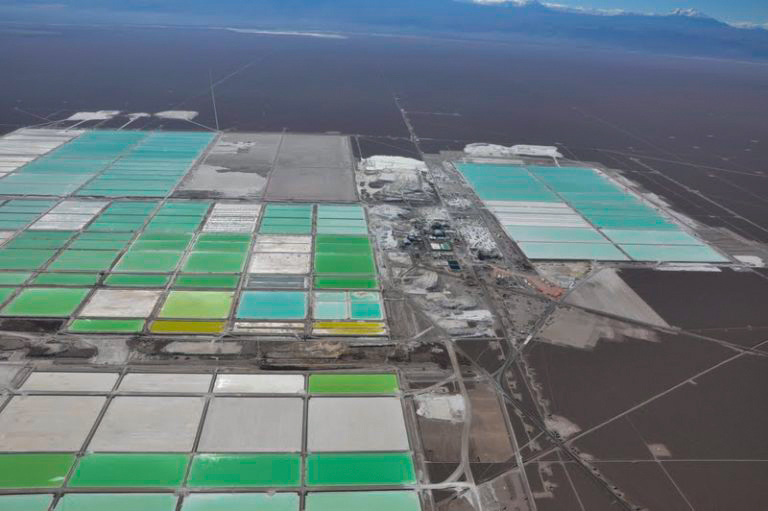
The solution
As a way to solve this situation, in 1992 Dr. John Burba created and patented the technology known as “Selective Absorption”, which was implemented between 1994 and 1998 in northern Argentina and continues to be used successfully for more than 20 years and has been perfected over time. The technology used by Sorcia Minerals and created by Dr. Burba, is characterized because it uses selective absorption to recover lithium chloride from high salinity brines. The resulting residual brine, with all its contaminants, such as magnesium and calcium among others, is re-injected into the salt flat, not producing any type of rejection on the surface of the salt flat, nor does it contaminate the brines in any way by re-injecting them with the same chemical composition that was extracted at the beginning of the production process.

This maintains the hydrological balance of the salt flats, avoiding many of the problems associated with solar evaporation, including the depletion of aquifers, which affects the fauna and flora of the salt flats. Unlike other extraction systems, Sorcia Minerals’ technology does not use the fresh water that can be found in the salt flat areas, but uses industrial water that is previously transported to the processing site in the salt flat itself.
Mobile Plant
The first part of the plant is composed of mobile units and support equipment, such as LNG tanks and water tanks that we bring in from outside (we do not use the existing water in the salt flat or surrounding areas). The mobile plants pump brine to the surface, which allows us to extract a 35% to 40% Lithium chloride solution through a chemical process. In parallel to this process, 90% of the extracted brine is re-injected into the salt flat with all its original minerals -such as magnesium, boron and calcium, among others- adding only 3 liters per second of industrial water for a production of 20,000 tons of lithium carbonate (Li2CO3) equivalent produced, thus preserving its water levels. As noted above, the entire process does not use water from local communities, but is transported from outside.
One of the main benefits of using this mobile technology is that it allows the extraction of Lithium chloride in small salt flats, with even low concentrations of lithium in their brines, which before these technologies, was economically unfeasible.
All this allows Sorcia to produce the first part in the salar with practically zero environmental impact. As it is installed on mobile elements, once the operation comes to an end, these elements are easily removed, leaving the salt flat in the same conditions as before the start of the operation, without affecting the flora and fauna of the place, nor the surrounding communities, preserving the salt flat for future generations to enjoy them.
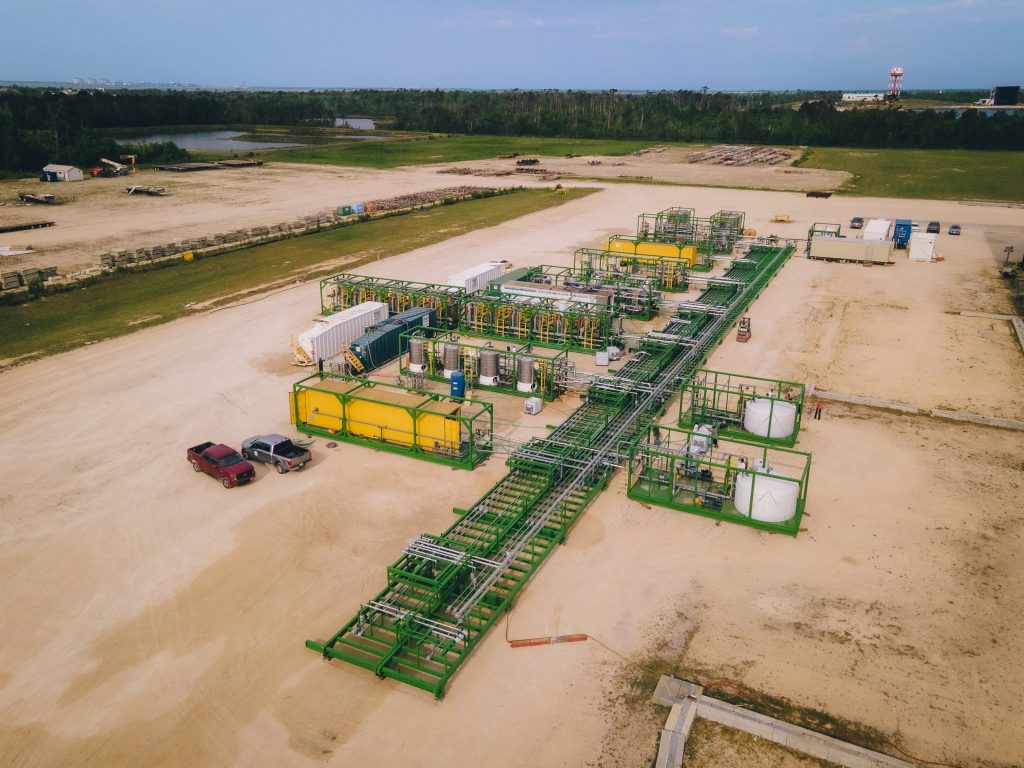
Fixed plant
The second part, which completes the production process, is carried out in a fixed plant, located in an industrial area near the coasts of the country, far from the salt flats and protected areas, where the 35% to 40% Lithium Chloride will be transported by trucks and will feed the finished product processing plant. This fixed plant will finally obtain battery grade Lithium Carbonate and/or Hydroxide ready to be exported to international markets, producing small amounts of non-hazardous waste in the industrial area where the plant will be located, and generating added value in the countries where the brine-based Lithium reserves are located. The high quality of this final product makes it the most desirable supply for lithium-ion manufacturers in the world.
INNOVATIVE TECHNOLOGY OF
Sorcia Minerals
At Sorcia Minerals we are committed to contributing to the development of a sustainable transportation model such as electromobility, where the entire mineral extraction chain that makes it possible is equally sustainable. Sorcia Minerals has always thought big and we visualize opportunities by embracing new ways of thinking and working.
The new lithium
mining industry
Overview of lithium mining
Lithium is currently produced mainly in five countries: Australia (from ores such as spodumene), Chile (brine), Argentina (brine), China (ores and brine) and the United States (brines). Chile supplies about 22% of the world’s lithium. As with any mining operation, lithium mining has a significant impact on the environment. Every time a company wants to start a large-scale mining operation, whether metallic or non-metallic mining, there is an environmental impact and a great concern from the communities near the mining area, not only because of the different pollutant that the mining industry normally spews, but also because of the increasing consumption of water and electricity.In most developed countries, including several European countries such as Norway, Germany and the United Kingdom, have announced that by 2025 and 2030 only electric buses and cars will be able to travel in their cities.
China has also declared something similar, as its main goal is to have all public transport buses powered by electricity in major cities. We can say that most countries today are trying in one way or another to become as independent as possible from fossil fuels in favor of alternative fuels and electric cars, this being one of the most important reasons for the rapid growth that the lithium industry is experiencing today, not only in mining, but also in the production of more efficient batteries for various uses.
We can affirm that most countries today are trying in one way or another to become as independent as possible from fossil fuels in favor of alternative fuels and electric cars, this being one of the most important reasons for the rapid growth that the lithium industry is experiencing today, not only in mining, but also in the production of more efficient batteries for electric vehicles.
The key to the technology behind electromobility is the lithium-ion battery, which is made up of thousands of units called “electrochemical cells”, These in turn are composed of a lithium cathode of the LNCA (lithium-nickel-cobalt-aluminum) or LNMC (lithium-nickel-manganese-cobalt) type, an anode generally made of graphite (natural or synthetic), an electrolyte (consisting of a lithium salt and an organic solvent) and a plastic separator. The voltage of this unit electrochemical cell is currently between 3.6 and 4.5 volts. The lithium consumption in a lithium-ion battery expressed as lithium carbonate equivalent (LCE) is currently between 0.75 and 0.8 kg per kWh. Therefore, a 70 kWh battery (typical of Tesla for its Model S car) will consume between 53 to 56 kg of Li2C03 battery grade.
